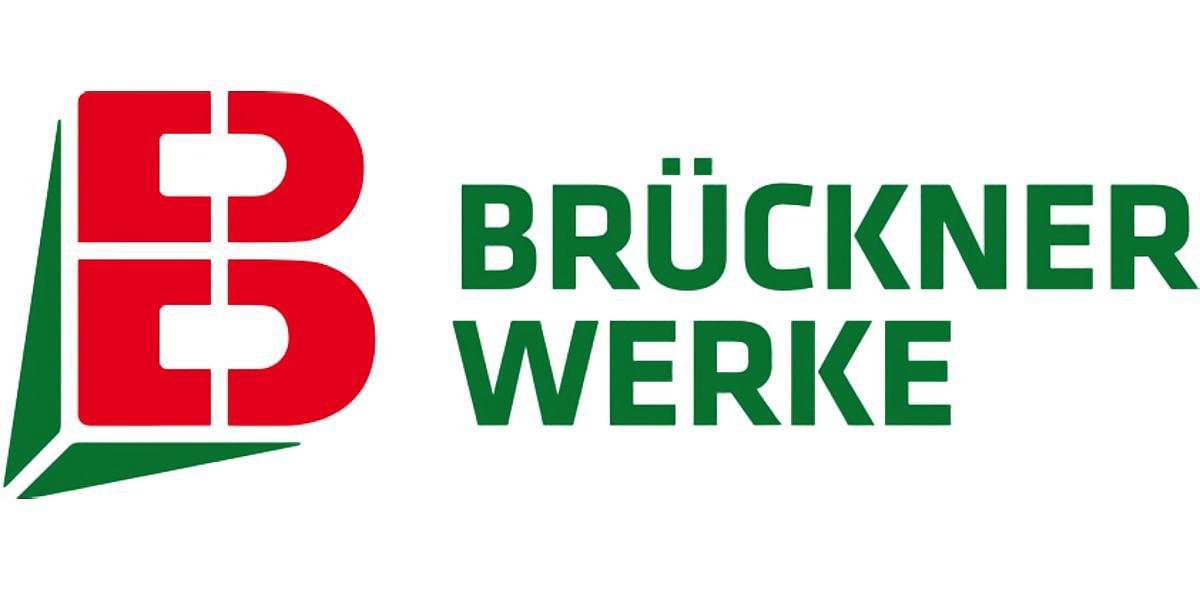Freeze-dried potato products represent a premium segment in the dehydrated potato market, offering superior rehydration, flavor retention, and nutritional quality. This technology is used to produce lightweight, shelf-stable potato ingredients and snacks with applications in retail, foodservice, and specialized markets like outdoor, military, and emergency rations.
Freeze-Drying Process
Freeze-drying, or lyophilization, is a dehydration process that removes water from potatoes by sublimation—transitioning ice directly to vapor without passing through the liquid phase. The process preserves cellular structure, flavor, color, and nutrients far better than conventional drying methods. Key Steps:
- Preparation: Potatoes are washed, peeled, cut (into slices, dices, or shreds), and blanched to inactivate enzymes and preserve color.
- Freezing: The prepared potatoes are rapidly frozen, typically at temperatures below -40°C, to form small ice crystals and maintain texture.
- Primary Drying (Sublimation): The frozen potatoes are placed in a vacuum chamber where pressure is lowered and gentle heat is applied. Ice within the potato sublimates directly into vapor, leaving the solid structure intact.
- Secondary Drying (Desorption): Any remaining bound water is removed at slightly higher temperatures under vacuum, reducing final moisture content to 2–4%.
- Packaging: The freeze-dried potatoes are packed in moisture-proof, often nitrogen-flushed packaging to ensure long shelf life.
Types of Freeze-Dried Potato Products
- Freeze-Dried Diced Potatoes: These are potatoes cut into small cubes and then freeze-dried. Diced potatoes are versatile and can be rehydrated for use in soups, stews, casseroles, potato salads, and breakfast dishes. They maintain their shape and texture well after rehydration, making them a popular choice for both home cooks and food service.
- Freeze-Dried Sliced Potatoes: Sliced potatoes are thinly cut and freeze-dried, ideal for scalloped potatoes, gratins, or as a base for homemade potato chips. They rehydrate quickly and retain much of their original flavor and structure, making them suitable for layered potato dishes.
- Freeze-Dried Shredded Potatoes: Shredded or grated potatoes are commonly used for hash browns and as a breakfast side. Freeze-dried shredded potatoes are easy to rehydrate and cook, offering convenience for quick meal preparation or camping.
- Freeze-Dried Mashed Potatoes: These are fully cooked, mashed, and then freeze-dried. They are rehydrated with hot water or milk to produce creamy mashed potatoes in minutes. This form is especially popular for instant meal kits, emergency food supplies, and outdoor activities.
- Freeze-Dried Hash Browns: Hash browns are made from shredded or diced potatoes that are cooked and freeze-dried. They are ready to be rehydrated and crisped in a pan, making them convenient for breakfast or as a side dish.
- Freeze-Dried Potato Flakes and Powders: Potato flakes and powders are produced by cooking, mashing, and freeze-drying potatoes, then grinding them into a fine consistency. These are used as instant mashed potatoes, thickening agents in soups and sauces, or as a base for potato-based snacks and baked goods.
Key Features and Benefits
- Superior Rehydration: Freeze-dried potatoes rapidly absorb water and regain their original texture, shape, and flavor, even with cold water.
- Nutrient and Flavor Retention: The low-temperature process preserves vitamins, antioxidants, and volatile flavor compounds much better than drum or air drying.
- Lightweight and Shelf-Stable: With most water removed, freeze-dried potatoes are significantly lighter and have a shelf life of several years when properly packaged.
- Minimal Additives: Usually require no preservatives or artificial ingredients due to low moisture and airtight packaging.
- Versatility: Suitable for a wide range of culinary and industrial applications, from gourmet instant foods to emergency rations.
Industrial Considerations
- Cost: Freeze-drying is energy-intensive and requires specialized equipment, making these products more expensive than conventionally dried potatoes.
- Quality Control: Strict control of freezing and drying parameters is essential to avoid texture loss or incomplete drying.
- Product Customization: Particle size, shape, and thickness can be tailored for specific end uses, supporting both bulk ingredient supply and consumer-ready products.
Applications
- Retail: Instant soups, meal kits, backpacking and camping foods, and premium snack mixes.
- Foodservice: Quick-prep mashed potatoes, hash browns, and soup bases.
- Specialized Markets: Military rations, emergency food supplies, and astronaut food due to their lightweight and long shelf life.
- Ingredient Use: As a base for reconstituted mashed potatoes, bakery products, and as a thickener in processed foods.
"Freeze-dried potato products offer unmatched quality in terms of rehydration, flavor, and nutrition, making them ideal for premium, convenience, and specialized food applications. Although production is more costly, the benefits in shelf stability, lightweight transport, and product performance make freeze-dried potatoes a valuable addition to the modern food industry.."



